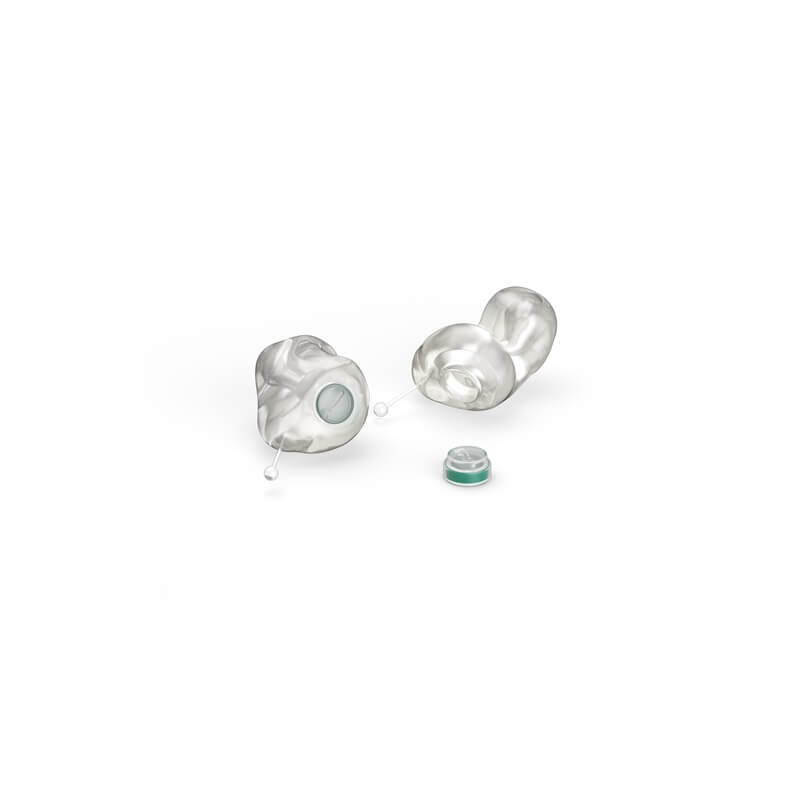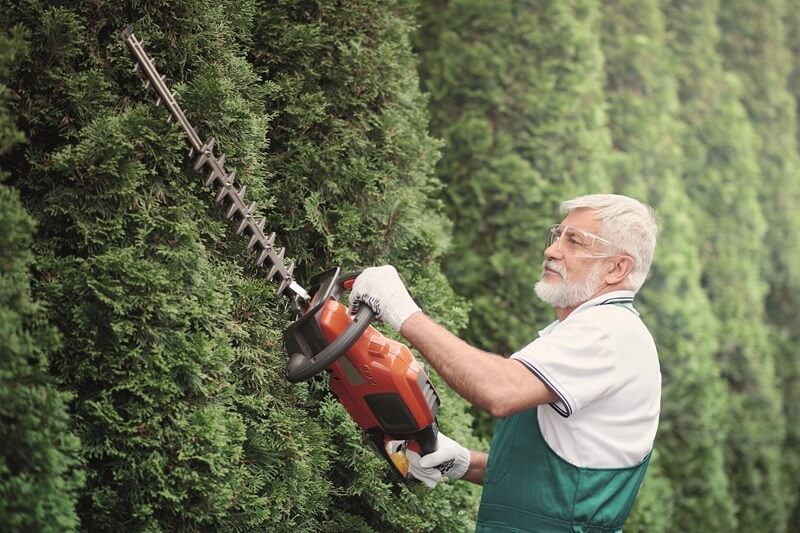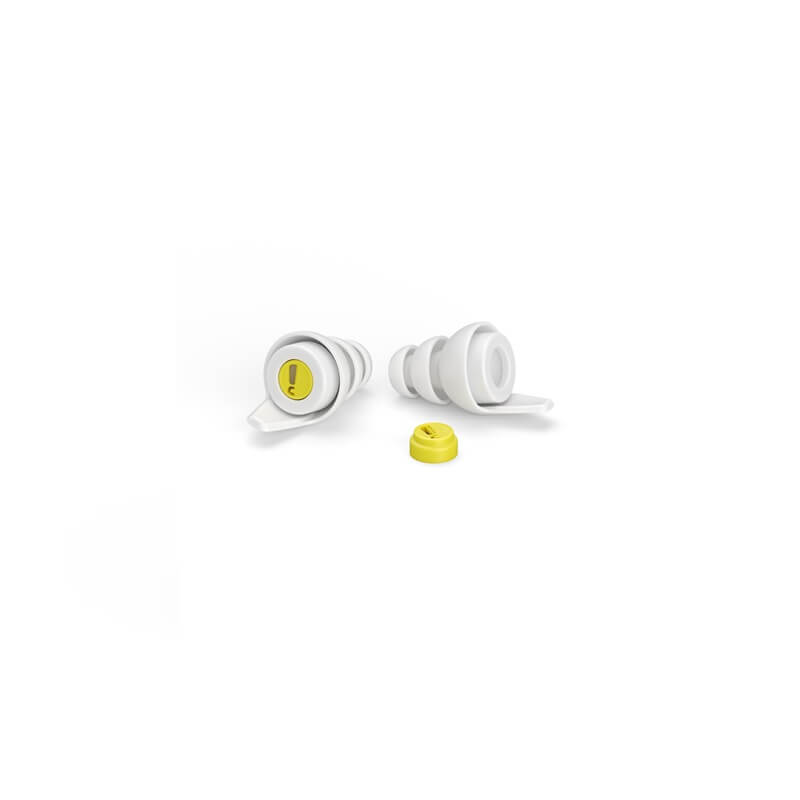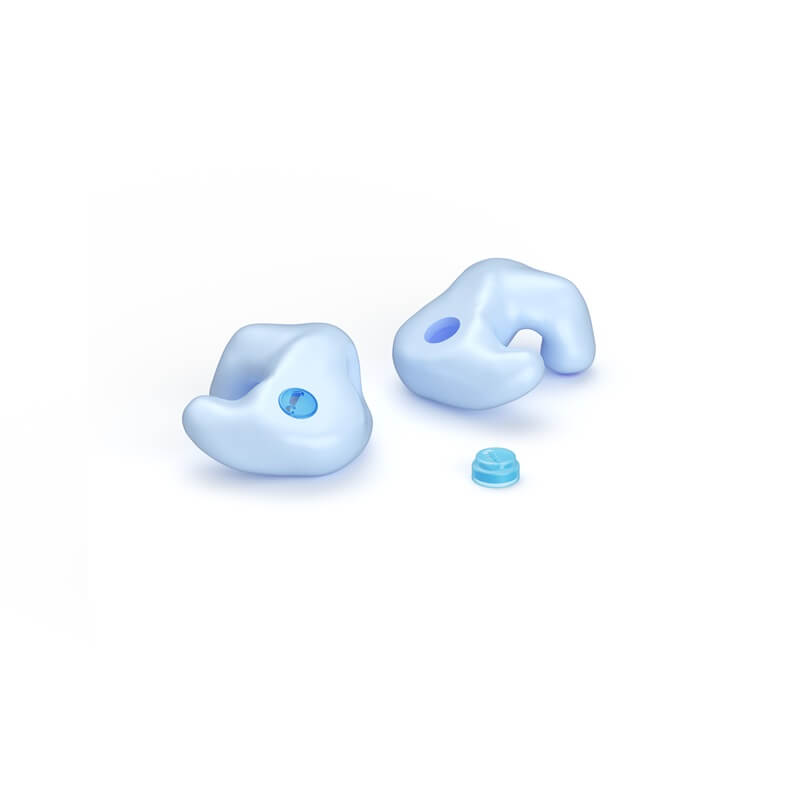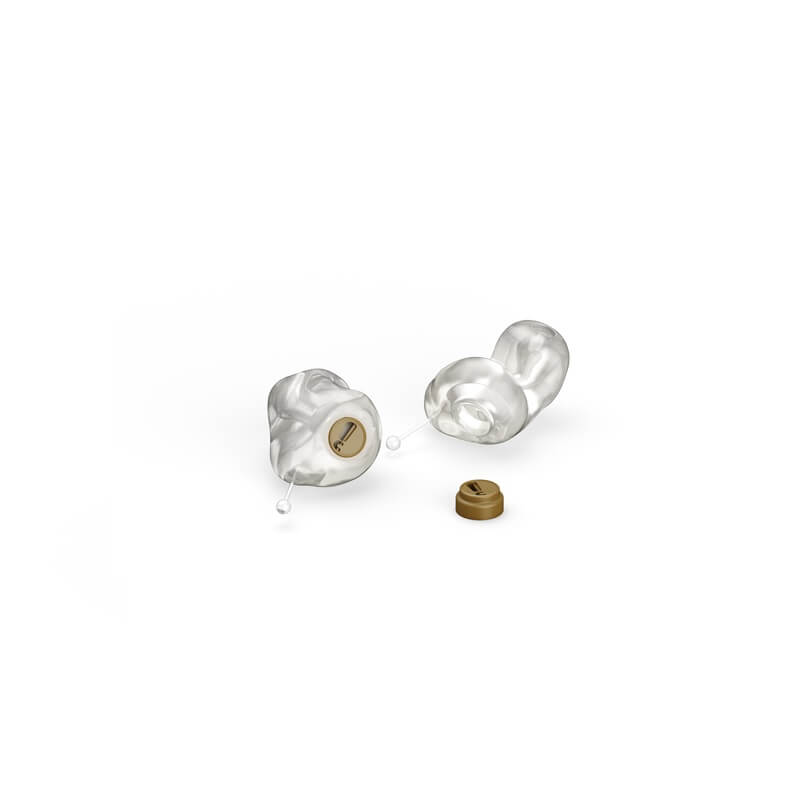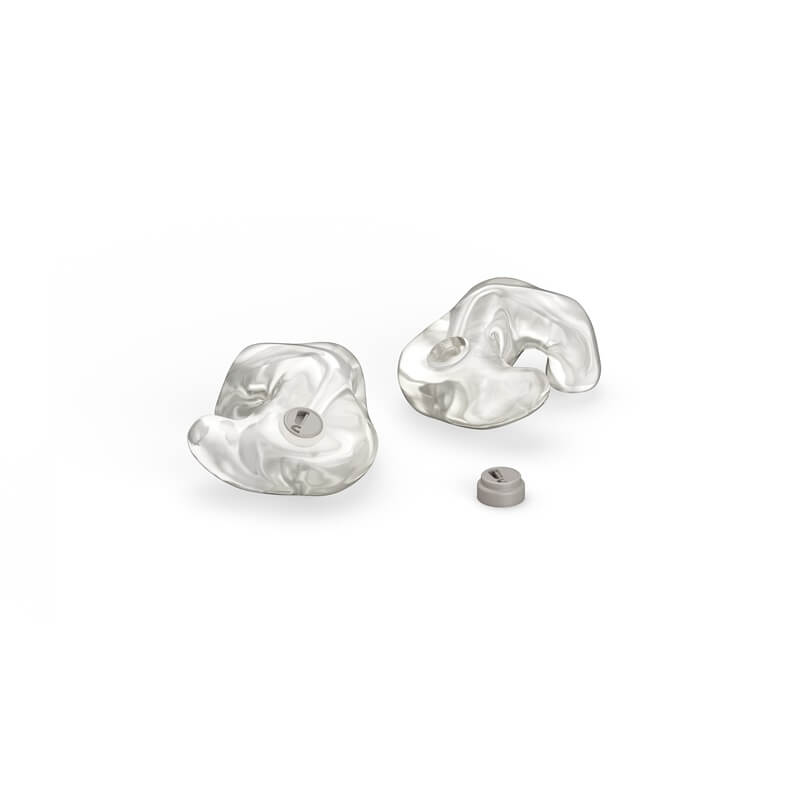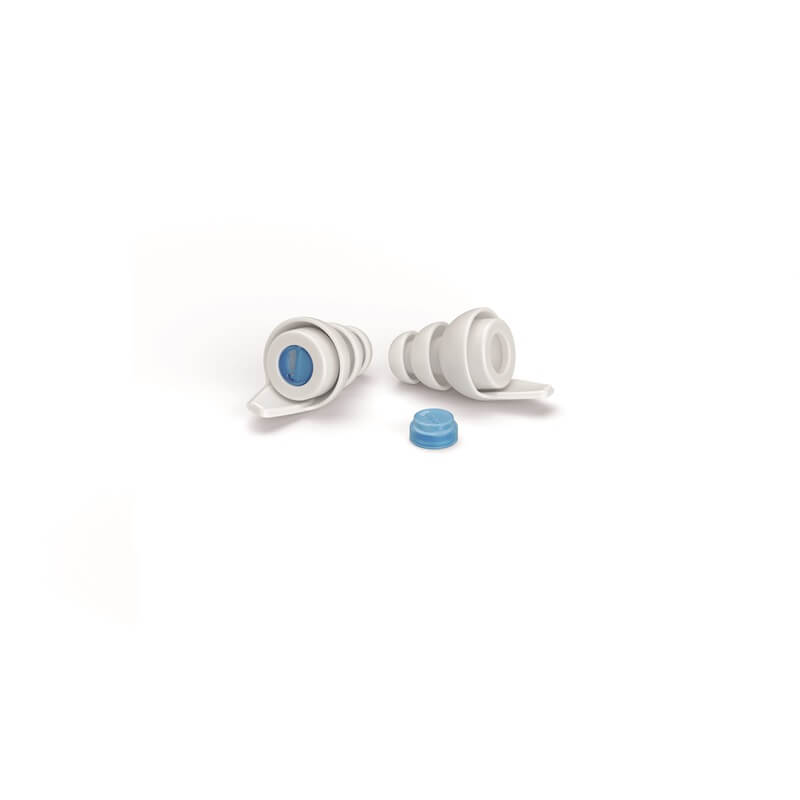Threats to your hearing: identifying harmful noises
The volume of different sounds plays a huge role in maintaining our hearing. Measured in decibels (dBA), sound volume is not just a metric but a key to determine potential harm to our hearing. NIDCD research indicates that long-term or repeated exposure to sounds louder than 85dBA can be detrimental, causing gradual hearing loss over time.
Think about a busy city, where the perpetual hum of traffic, construction sites, and public spaces can often exceed safe sound levels. The noise from electronic devices, concerts, or even household appliances may also add to this auditory challenge. Understanding the risks associated with these everyday sounds is essential for safeguarding our hearing.
Here are a few examples of harmful sounds:
Traffic roar: commuting, where the constant hum of engines, honks, and road noise can surpass safe decibel levels.
Concerts: live music comes with a range of sounds like applause, amplified music, and cheering crowds, which can expose our ears to potentially harmful noise levels.
Power tools: power tools during construction or home improvement projects can produce sustained loud noises, posing a risk to our hearing health.
Electronics: prolonged use of headphones at high volumes, often underestimated, can contribute to hearing damage over time.
By understanding these examples, it’s clear to see the proactive measures that need to be taken in order to protect our hearing health. For an in-depth exploration of everyday sounds and their potential impact on hearing, explore our guide on noise levels of everyday sounds
Prioritising ear health: what can you do to protect your ears?
Safeguarding your hearing is important for protecting against noise-induced hearing loss. Here's how you can protect your ears in various scenarios and reduce exposure to loud noises:
Concerts: the decibel levels at concerts can reach harmful extremes. Consider wearing earplugs that are used by musicians to enjoy the music without compromising your hearing.
Construction workplace: construction sites produce high-intensity sounds from machinery and tools. So, it’s vital to wear hearing protection to reduce noise and limit the damaging levels of sound that occur. Opt for earmuffs or earplugs to create a sonic shield, reducing the risk of noise-induced hearing loss.
Bedroom: even during sleep, our ears are not immune to disturbances. If you live in a noisy environment, custom-fit earplugs can create a quiet environment, helping you have a peaceful night's sleep.
Tips for noise reduction
Whether you’re at work, home, or out, implementing these strategies can significantly minimise the impact of loud sounds on your ears:
Use quieter equipment: where possible, choose quieter appliances and tools to minimise noise generation. Look for devices with lower decibel ratings to create a quieter environment.
Maintain safe distances: keeping a safe distance from loud sources can significantly reduce the impact of noise on your ears. Whether it's fireworks, loud machinery, or live music, find a comfortable distance.
The power of ear protection
Discover the impact of ear protection in preserving your auditory well-being. Earplugs and earmuffs shield your ears from the harmful effects of loud noises and reduce sound to safe levels.
You can use the various forms of protection to create a safer environment:
Earplugs: custom-fit earplugs offer a tailored solution. Whether you're attending a concert, working in a loud environment, or trying to get some quality sleep, they provide effective noise reduction and reduce background noise.
Earmuffs or ear defenders: ideal for industrial settings or situations where prolonged exposure to loud or harmful noise is unavoidable, earmuffs create a physical barrier and protect your ears.
While these tips can provide basic protection, seeking professional advice is crucial for personalised solutions. Audiologists can assess your specific needs and recommend the most effective hearing protection measures tailored to your lifestyle.
